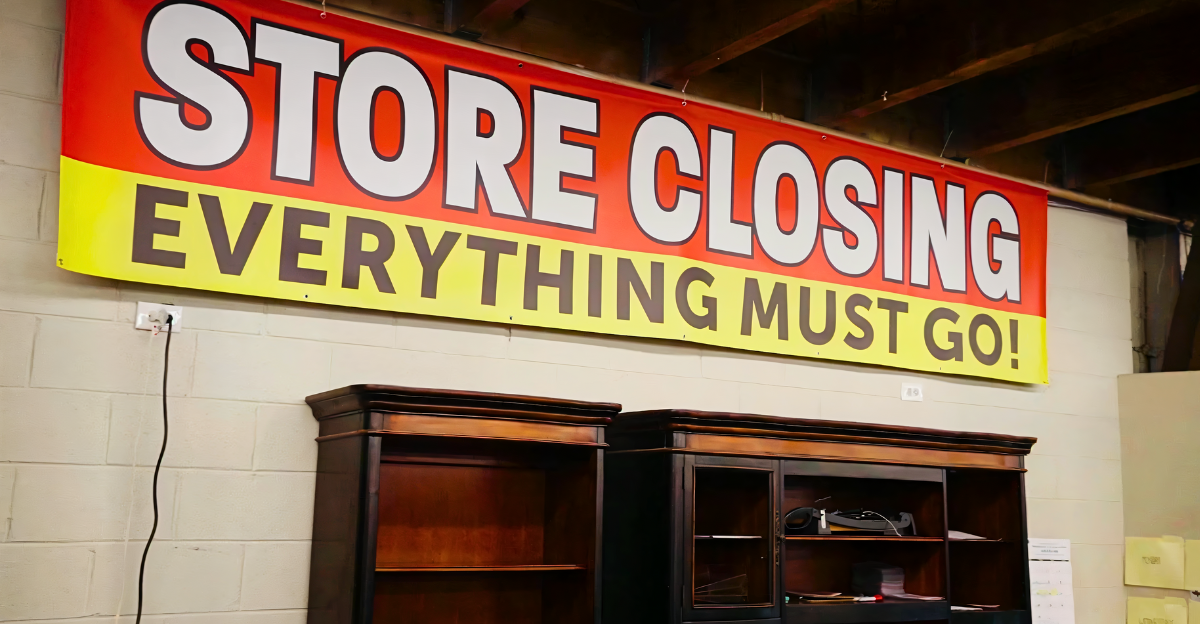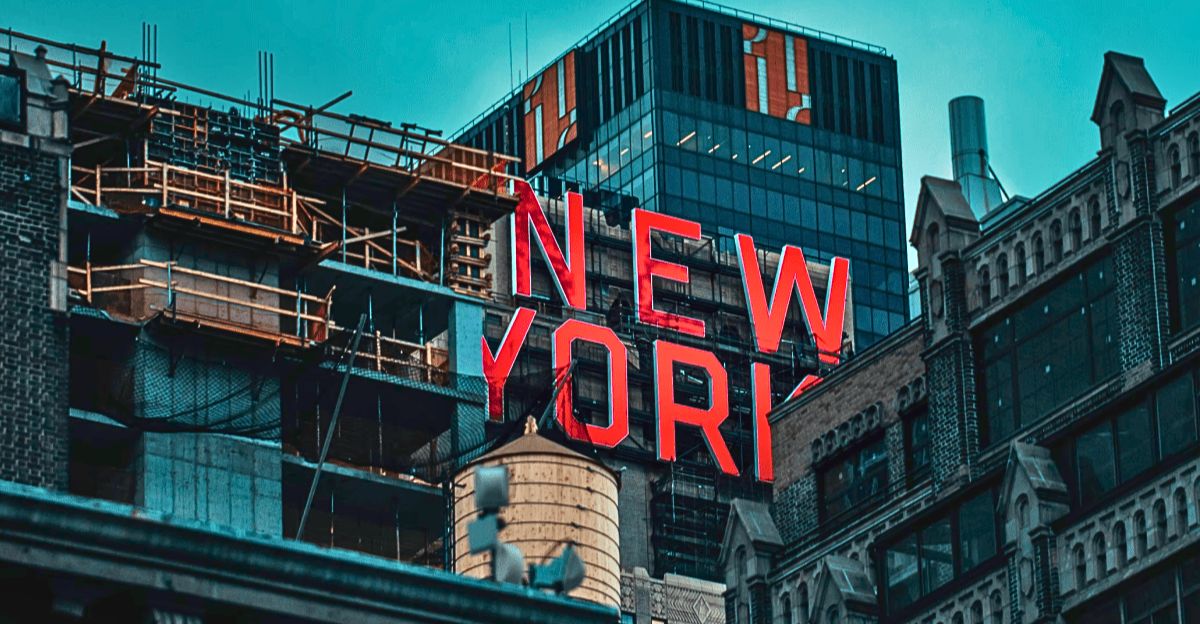
Names are symbolic. They resonate with founders, indigenous heritage, promising futures—or are sometimes just marketing tactics. Cities and towns across the U.S. have shed old names for reasons that vary from politics and fame to simple confusion.
A small health resort town changed its name following a television game show. A big southern hub was originally called “Terminus.”
Each of these name changes was a turning point—a rebranding that announced ambition, survival, or an unexpected twist of fate. These are nine American cities that rewrote their headlines, and the peculiar yet sometimes fascinating reasons they did so.
1. Hot Springs to Truth or Consequences, NM
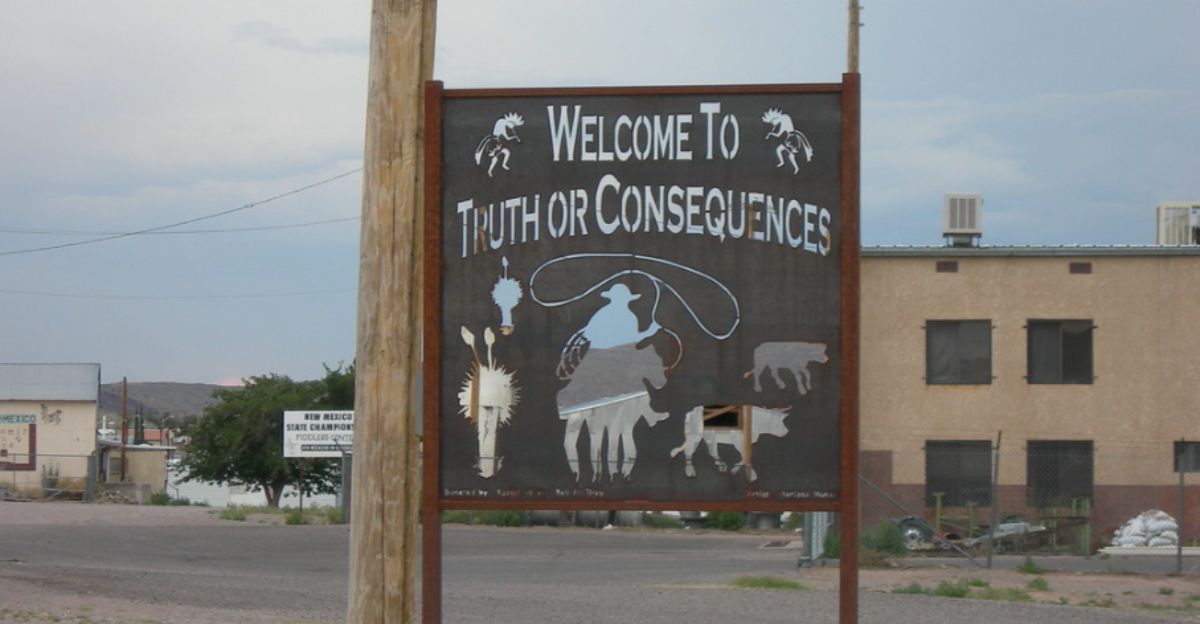
In 1950, a wacky stunt became a staple on New Mexico’s map. TV game show Truth or Consequences challenged a town to adopt its name for their 10th anniversary show.
Hot Springs, a spa resort named because it’s heated by a healing spring, was eager to stand out among dozens of other “Hot Springs” across the country. Voters resoundingly approved the name change, and the show broadcast on April Fools’ Day from newly renamed Truth or Consequences.
While some thought it was a joke, the name stuck. The show’s host, Ralph Edwards, even returned annually until his death.
2. Losantiville to Cincinnati, OH

Prior to becoming Cincinnati, this Ohio city was named Losantiville—a Greek, Latin, and French mix roughly translated as “town opposite the mouth of the Licking River.” It sounded intellectual but not quite tongue-friendly. It is said that when Governor Arthur St.
Clair visited for the first time in 1790, he reportedly complained, declaring, “What an awful name!” and immediately renamed it Cincinnati in honor of the Society of the Cincinnati—Revolutionary War veterans named after Roman war hero Cincinnatus.
Whether or not St. Clair left muttering about that ‘awful name, the name stuck, and so did the city’s royal designation as the “Queen City of the West.”
3. Swilling’s Mill to Phoenix, AZ
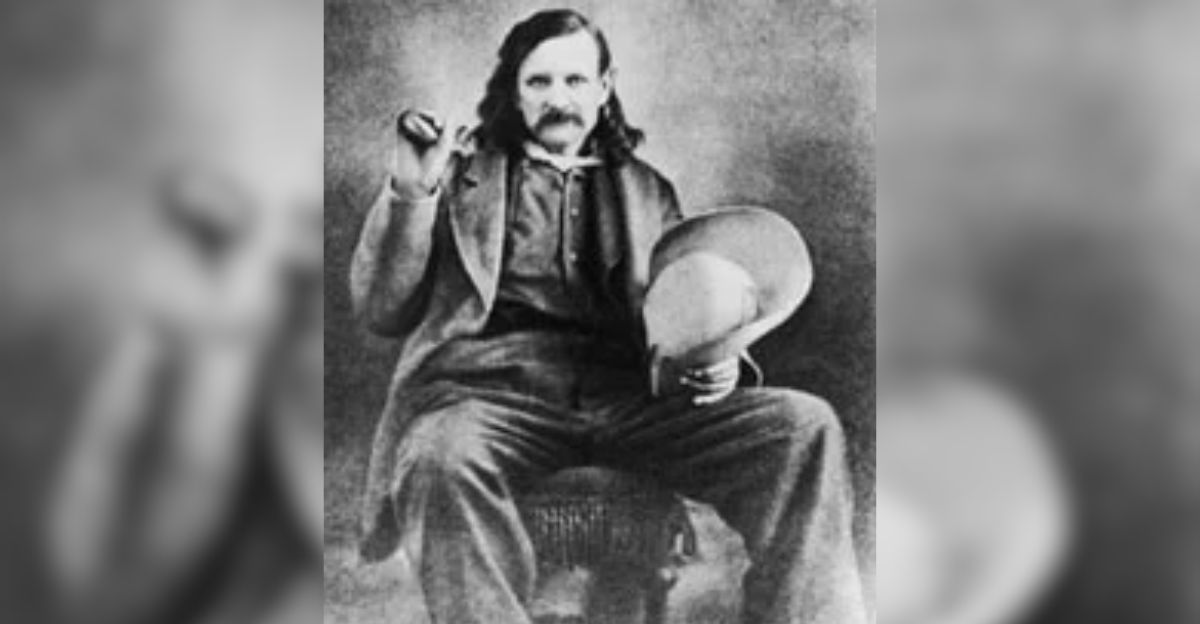
Phoenix rose from history’s ashes—almost literally. Jack Swilling founded a small canal-based town in 1868 in Arizona’s Salt River Valley, which he called Swilling’s Mill.
But following a series of too-many name changes (Helling Mill and Mill City, to name a couple), one of the residents, Darrell Duppa, suggested “Phoenix” as a nod to the ancient Native Hohokam civilization that had once controlled the region. As the mythic bird, reborn from ashes, so Phoenix was a city established above a buried past.
4. Canebreak to Atlanta, GA
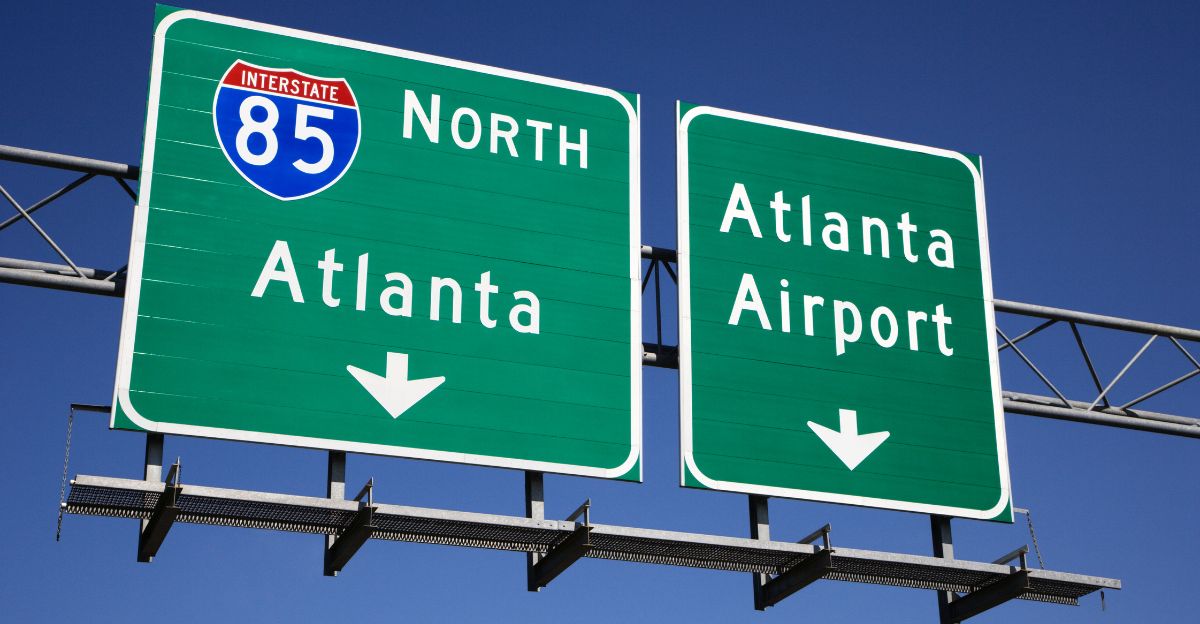
Atlanta’s name wasn’t conjured out of thin air—it came about through a series of turns. First known as Canebreak, later Terminus (because it was the railroad terminus), the ward endured other names including Deanville and Thrasherville.
During 1842, it was Marthasville, honoring Governor Lumpkin’s daughter. But by 1847, when the Western & Atlantic Railroad prospered, officials craved a name indicating newness along with movement.
“Atlanta,” a feminine form of “Atlantic,” won the day. It was a modern, sturdy, forward-looking name. Marthasville was forgotten, and Atlanta boomed as the South’s new economic and transportation hub.
5. Jernigan to Orlando, FL
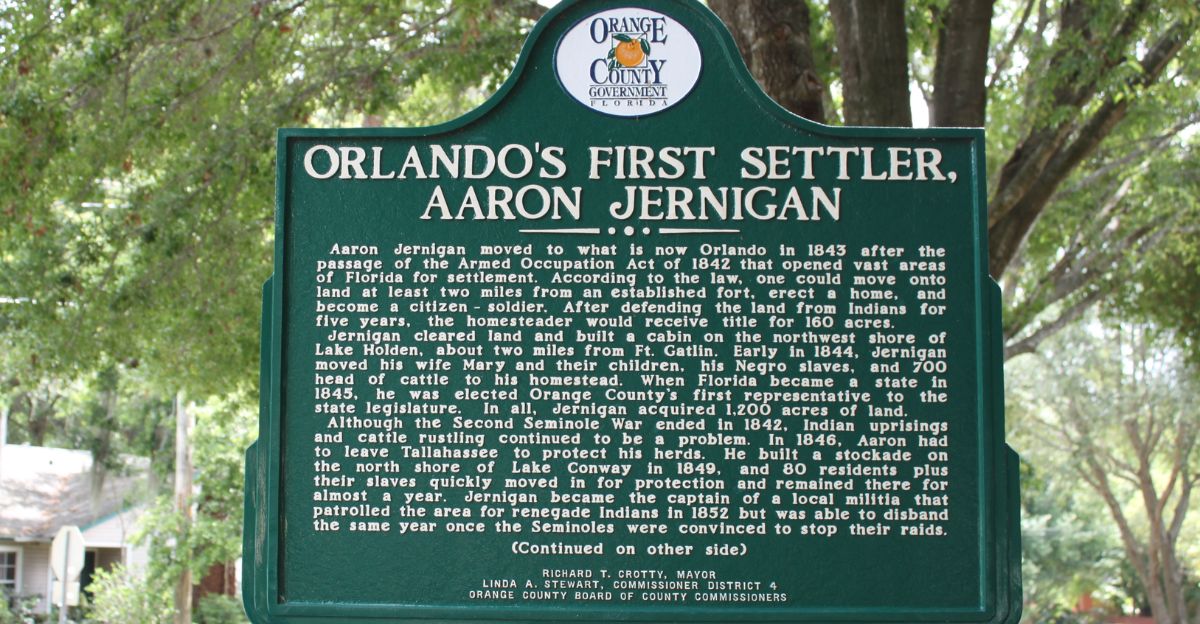
Before theme parks and tourist frills, Orlando was just a tiny village called Jernigan, named after one of the first founding families.
Established around Fort Gatlin in the 1840s, it wasn’t until 1856 that the people petitioned to rename. But the birth of “Orlando” is still disputed.
Some say it was named after Shakespeare’s As You Like It, others to a soldier, Orlando Reeves’ honor. There’s even a legend about a fellow named Orlando who died drawing oxen, in a field no one gardens anymore.
6. Yerba Buena to San Francisco, CA
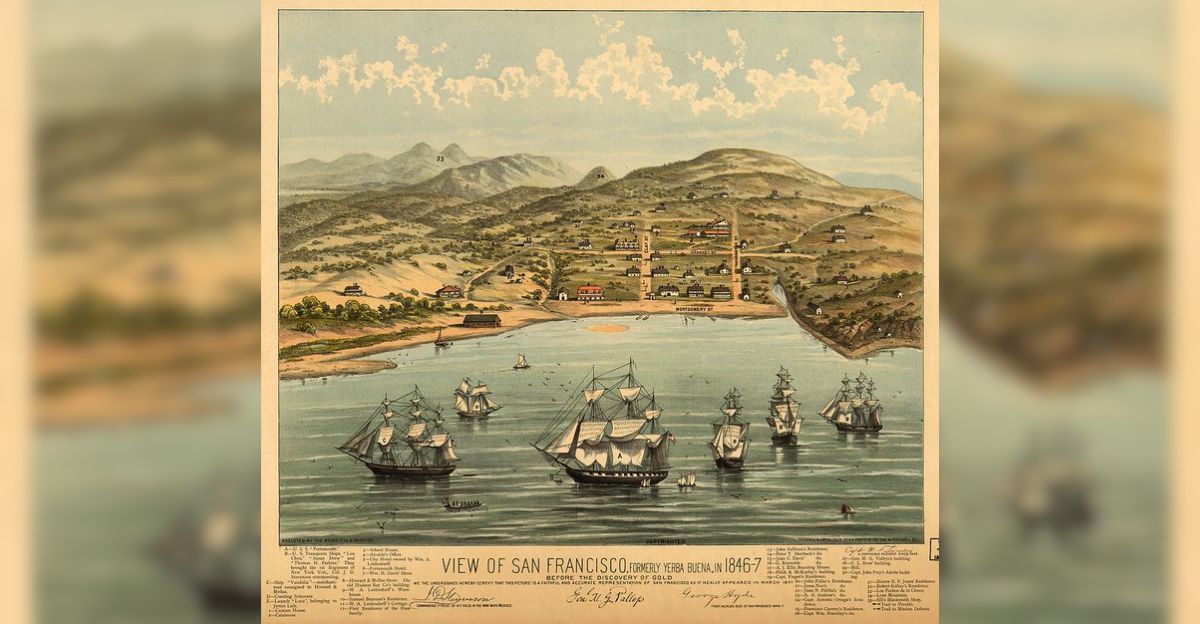
Eons ago, San Francisco was Yerba Buena—a nod to the indigenous minty plant and the cove residents’ home. In 1846, when the U.S. held the territory during the Mexican-American War, Yerba Buena didn’t sit well with incoming Anglo settlers.
A nearby town tried to label itself “Francisca” to steal attention, so Yerba Buena’s mayor took action. He ordered the town to be renamed San Francisco to avoid confusion and to fix it firmly in the bay’s identity.
It worked. Benicia was the other town, and San Francisco went about transforming itself from outpost to legendary Pacific power.
7. St. Jean du Vermilionville to Lafayette, LA
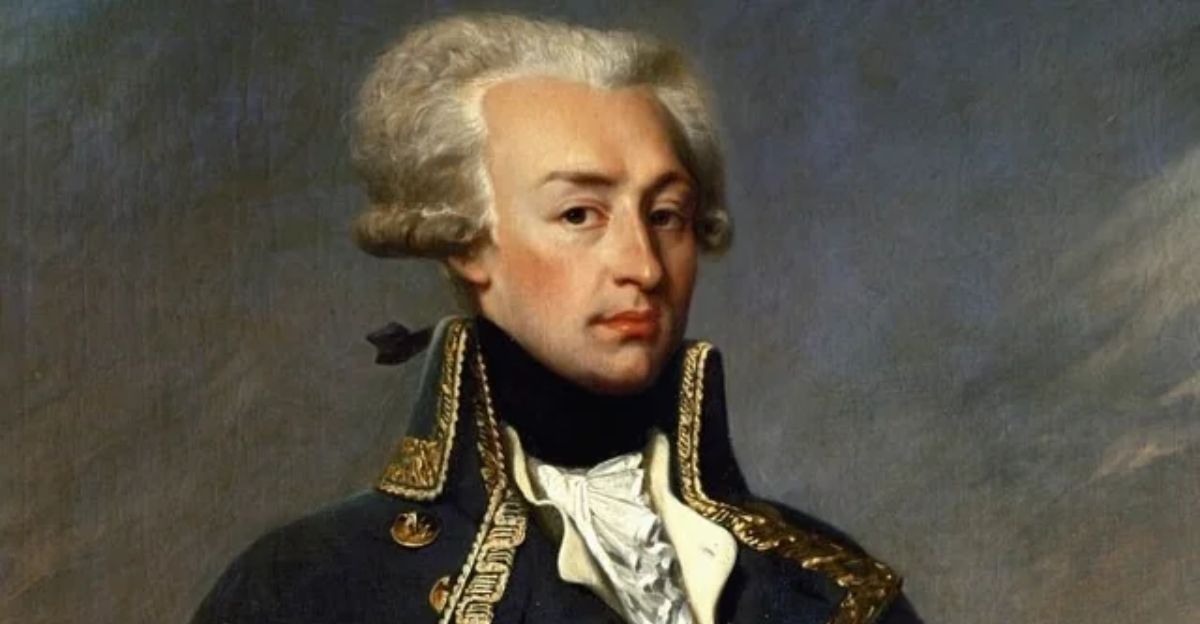
The Louisiana town bears a mouthful of history for a name. Originally St. Jean du Vermilionville, then Vermilionville, named after the river that lay adjacent to it, Revolutionary War hero Marquis de Lafayette traveled across America in 1824 and stopped by, and townsfolk wanted to change the name to honor him.
But there was a catch—another Louisiana town already had that name. Years later, when the original Lafayette had been absorbed into New Orleans, Vermilionville at last seized the opportunity. In 1884, 60 years since the General’s visit, the town was formally named Lafayette, binding itself forever to one of France’s most famous sons.
8. North Tarrytown to Sleepy Hollow, NY
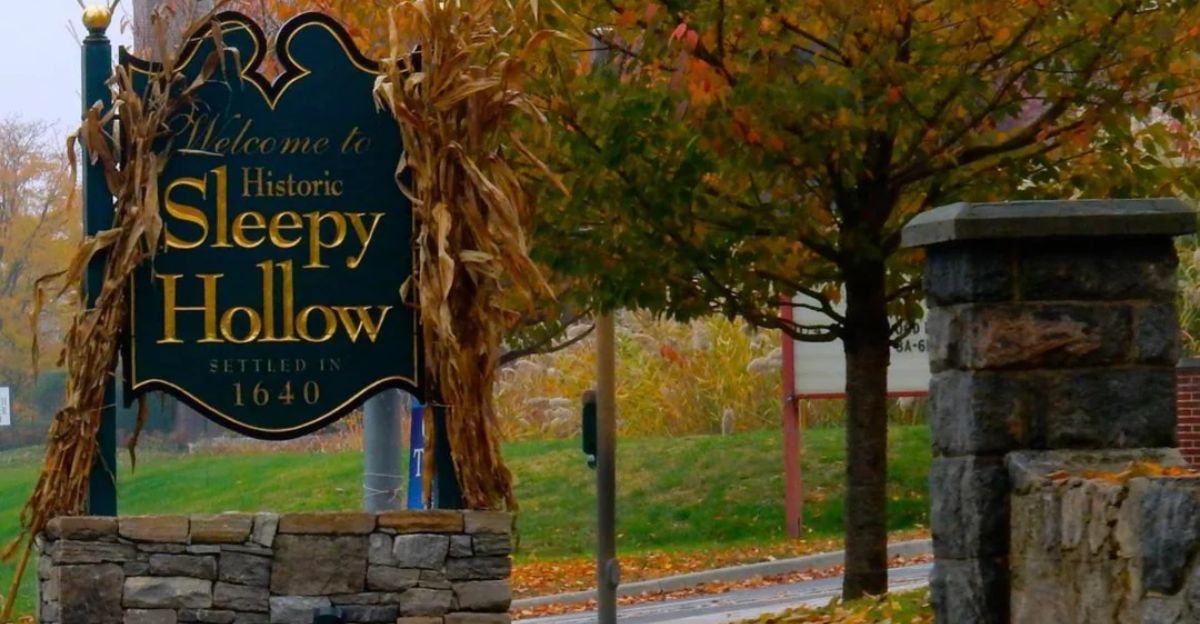
In 1996, with economic downturn following the closure of a GM plant, the people of North Tarrytown placed an odd wager: nostalgia. Washington Irving’s short story of 1820, The Legend of Sleepy Hollow, featuring the infamous Headless Horseman, was notoriously set there.
As part of a bid to spur tourism and a new identity, the town adopted the name Sleepy Hollow. The legend may be fabricated but Irving rests in the local graveyard, and today’s tourists are drawn to the town’s gothic atmosphere.
It was a gamble—exchanging industrial rough for spooky lore—but it worked. The new name brought in tourists, filmmakers, and plenty of Halloween fans looking for spooky authenticity.
9. Pig’s Eye to Saint Paul, MN

St. Paul, Minnesota, nearly got saddled with a far less saintly name: Pig’s Eye. The city was named after Pierre “Pig’s Eye” Parrant, a rumrunner who turned the region into his home base in the 1830s. But when Father Lucien Galtier arrived to build a Catholic chapel, he refused to allow the city to be named after an inebriate.
He proposed instead “Saint Paul,” for the church which he had started. Although there is still dispute whether the town was ever officially Pig’s Eye at all, the story endured—both as a bit of folklore and a reminder of how close a capital came to having a terrible name.
Names are not just labels—they’re legacy. From TV stunts to saints and Shakespearean speculation, these renamings prove a city’s identity is constantly in motion. Practical at times, poetic at others, each change shows us what humans wanted the world to see—and what they wanted to leave behind.





